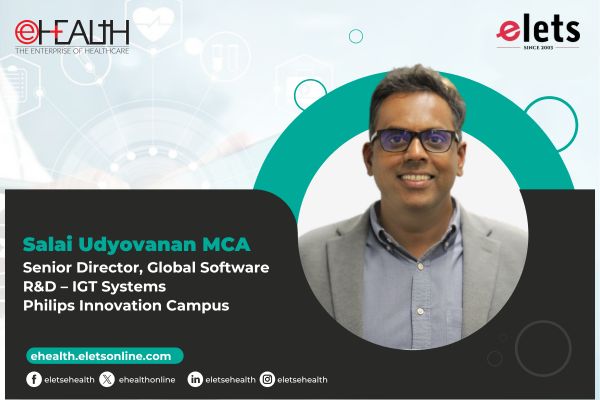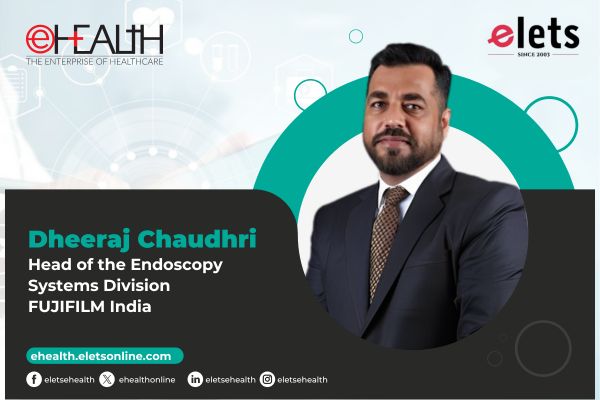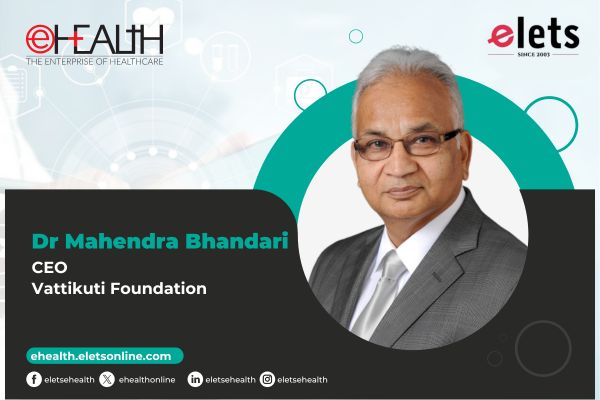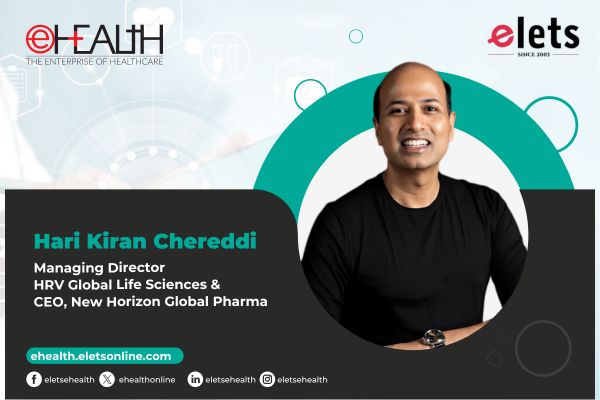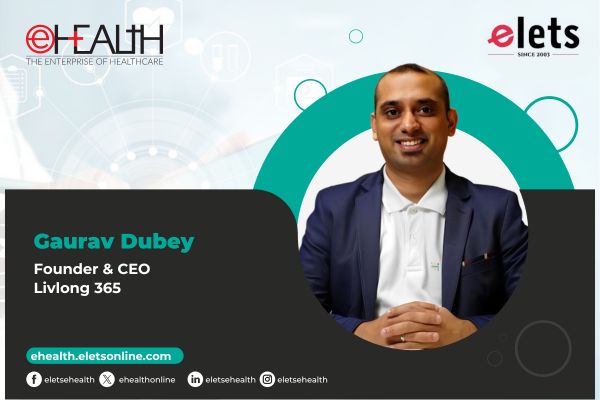In which areas of operation and healthcare service have Wockhardt Hospitals heavily invested in IT-based systems? Which of your hospitals would you consider as the most tech savvy?
We have invested in a completely integrated HIS system which takes care of most of the business related functions like supply chain management, billing, admissions, appointment bookings, food and beverage services as well as functions which meet the clinical needs of patients namely the diagnostic services, the electronic medical records, pharmacy services etc.
All our hospitals are using the same IT platform and hence almost all of them are equally tech savvy.

In what ways has the hospital chain¯¿½s IT preparedness facilitated the well being of its patients and the productivity of its facilities?
Our IT preparedness speeds up all core process cycle times. Hence, we are able to admit and discharge patients much faster. We have real time information on bed availability or beds that are going to be available. Booking of procedure rooms and equipment is online, and hence information is available to all service providers who are able to then plan accordingly.

In patient care areas, diagnostic reports are available online as soon as they are released and validated by the concerned department. This allows information to flow much faster to the treating team who otherwise would need to wait for the physical copy to be made available to them. Retri of electronic medical records makes it so much easier to track a patient across multiple visits to the healthcare facility. Going forward we will extend this to visits across various facilities in our network.

One area, which needs to be highlighted, is that automation of systems plays a major role in reducing medical errors particularly in areas like patient identification, medication delivery, transcription of patient notes etc.

All this adds up to drive efficiencies across the system, lowering costs, increasing patient satisfaction, increasing patient safety and getting better outcomes.
What are the direct/indirect benefits being enjoyed by Wockhardt after implementing HIMS solutions? Which solution providers and IT vendors are you currently working with?
We have implemented WIPRO HISRePS Ver 2.0 that has over 30 operational modules. All modules are fully integrated. This system has eliminated the need of data capture redundancies that were prent in older versions of HIS with standalone modules. Also, all modules were designed to be ¯¿½patient centric¯¿½ rather than ¯¿½Billing centric¯¿½. We have implemented ORACLE APPS (AR, AP & GL modules) being globally acknowledged best of the breed Financial Solution in Mumbai that integrates with WIPRO HIS at all hospital locations. Also all Diagnostic equipment in the LAB are interfaced to HIS where technology permits.‚ Information within the HIS, such as LAB results, is available real time at the ¯¿½POINT_OF_CARE¯¿½ to all users based on their assigned security roles and rights. We have been able to generate operational efficiencies resulting into minimum waiting time for patients at each service location.
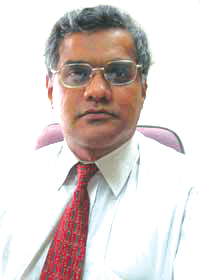 Automation of systems plays a major role in reducing medical errors particularly in areas like patient identification, medication delivery, transcription of patient notes etc.
Automation of systems plays a major role in reducing medical errors particularly in areas like patient identification, medication delivery, transcription of patient notes etc.
Being among the finest and advanced hospitals of the country, Wockhardt may have introduced the practice of Electronic Health Records (EHR) & PACS in its chain of hospitals across the country. Kindly elucidate on solutions and standards that are being followed, along with benefits and challenges that you may have experienced while transiting from traditional paper-based system to electronic system.
We have not moved completely to a paperless system as far as EMR is concerned for lack of India specific standards and we do not see immediate need for the same taking into consideration statutory requirements and patient mix, as we believe that in our environment a physical copy of the inpatient medical records will be needed when the doctor visits the bedside of the patient. Presently, keeping in mind IT infrastructures at the hospitals in India and the healthcare setup, it may not be economically viable to have palm tops or computers at every patient bedside. As and when technological advances reach a price point where inpatient medical records are accessible by the bed side that are of diagnostic quality, we shall endeavour to go paperless. Hence, we have consciously adopted a judicious mix of EMR and physical records. One of the challenges faced on a daily basis is to get senior clinicians to change their mindset and adopt paperless EMR.
What is your estimation of growth potential for private healthcare market in India over next 5 years, considering both domestic and international patients? How critical is the adoption of EHR & EMR standards used in developed countries, to be able to provide seamless care for overseas patients?
We expect healthcare to grow at about 15% per annum for the next five years. Hence, it should double in size over the next 5 years from its current size of about 45 billion dollars.
We intend to adopt those standards of EMR, which are applicable to our environment and will adopt the same standards for domestic and international patients. Since all our hospitals are aiming for international accreditation we adopt required international standards related to patient confidentiality and privacy.
Has the Wockhardt Minimal Access Surgery Hospital in Mumbai introduced any state-of-the-art electronic applications in its surgical operations during the recent times for conducting precision surgery?
Our minimally invasive program is using computer assisted navigation tools quite extensively and effectively for doing specialized surgery of the brain, spine and joints. We are also doing a lot of Video assisted thoracic work.
Recently, Wockhardt-Bangalore had carried out the world¯¿½s first awake coronary bypass surgery along with aortic valve replacement. Kindly tell us something about this achievement. Did technology play a crucial role in achieving this goal?
Our Cardiac Surgery team at Bangalore already has one of the largest series of ¯¿½awake coronary artery surgery¯¿½ in the world. They have now extended the skills learnt, to even more complex cardiac surgery, which includes carrying out dual procedures and open-heart procedures. The biggest advantage of these technology advances is that patients who earlier were considered inoperable, since they were not fit candidates to undergo anesthesia, can now undergo highly complex cardiac surgery while they are conscious.
Does Wockhardt Hospital¯¿½s association with Harvard Medical International, USA facilitate tech-transfer and/or best practices in medical care? Kindly elaborate how Wockhardt value-adds out of this association.
The mission of Harvard Medical International is ¯¿½One World One Medicine.¯¿½ We constantly interact with the team from HMI and get many inputs in developing new clinical programs, nursing development, and facility design. We also do a lot of work with them in the area of Quality and accreditation.
Does Wockhardt hospital chain make any contribution to the telemedicine scenario in India? Do you think, India, given its present state of healthcare infrastructure, is in a position to reap the benefits of telemedicine?
We do have a few telemedicine facilities operational at our hospitals but going forward, there is a definite move and intention to expand this network to take care of the needs of the domestic as well as international patients.
Be a part of Elets Collaborative Initiatives. Join Us for Upcoming Events and explore business opportunities. Like us on Facebook , connect with us on LinkedIn and follow us on Twitter , Instagram.
"Exciting news! Elets technomedia is now on WhatsApp Channels Subscribe today by clicking the link and stay updated with the latest insights!" Click here!







